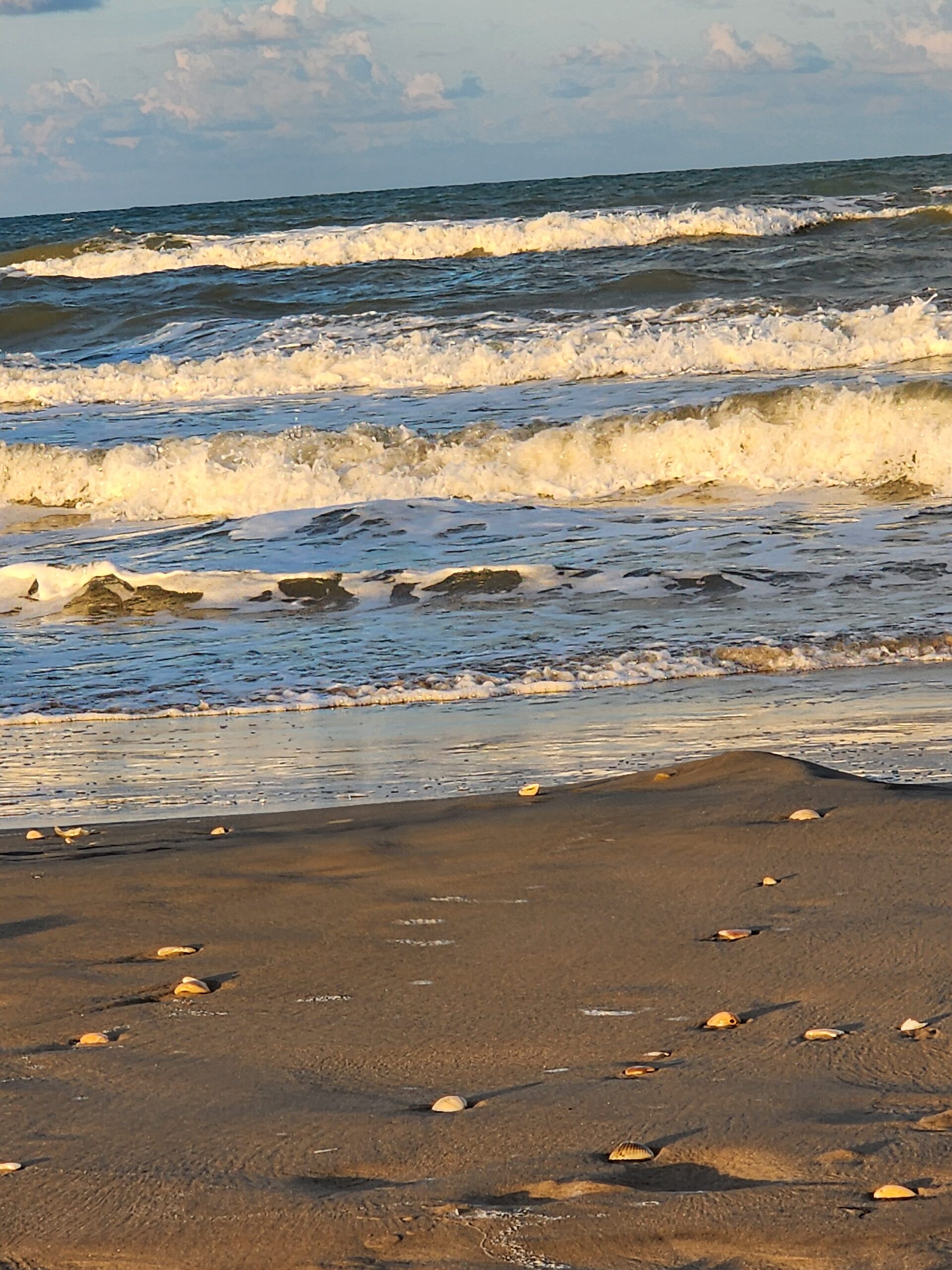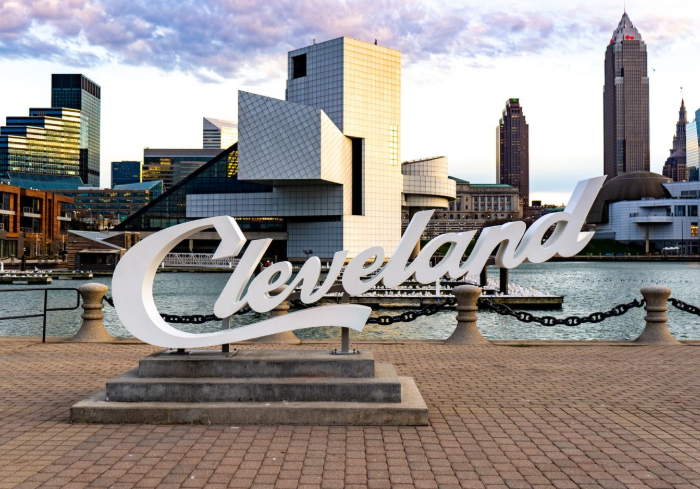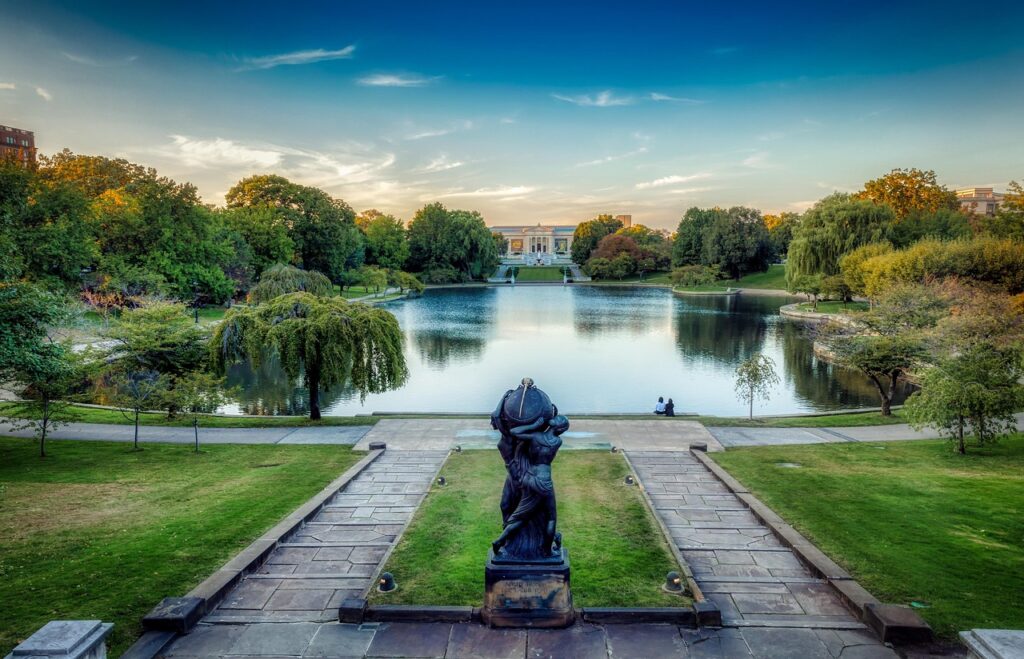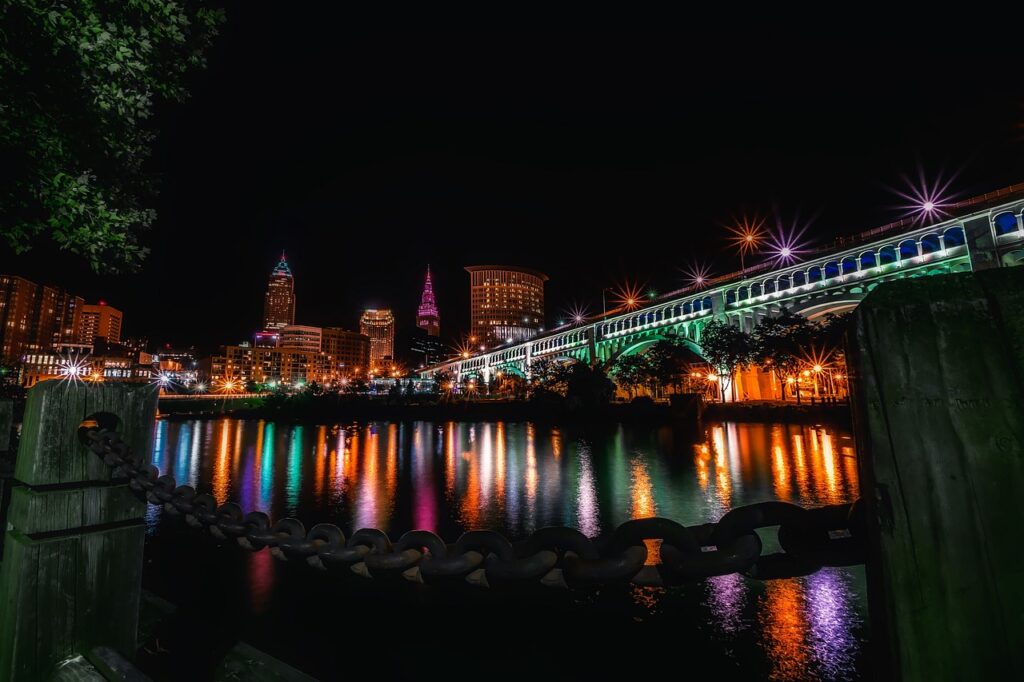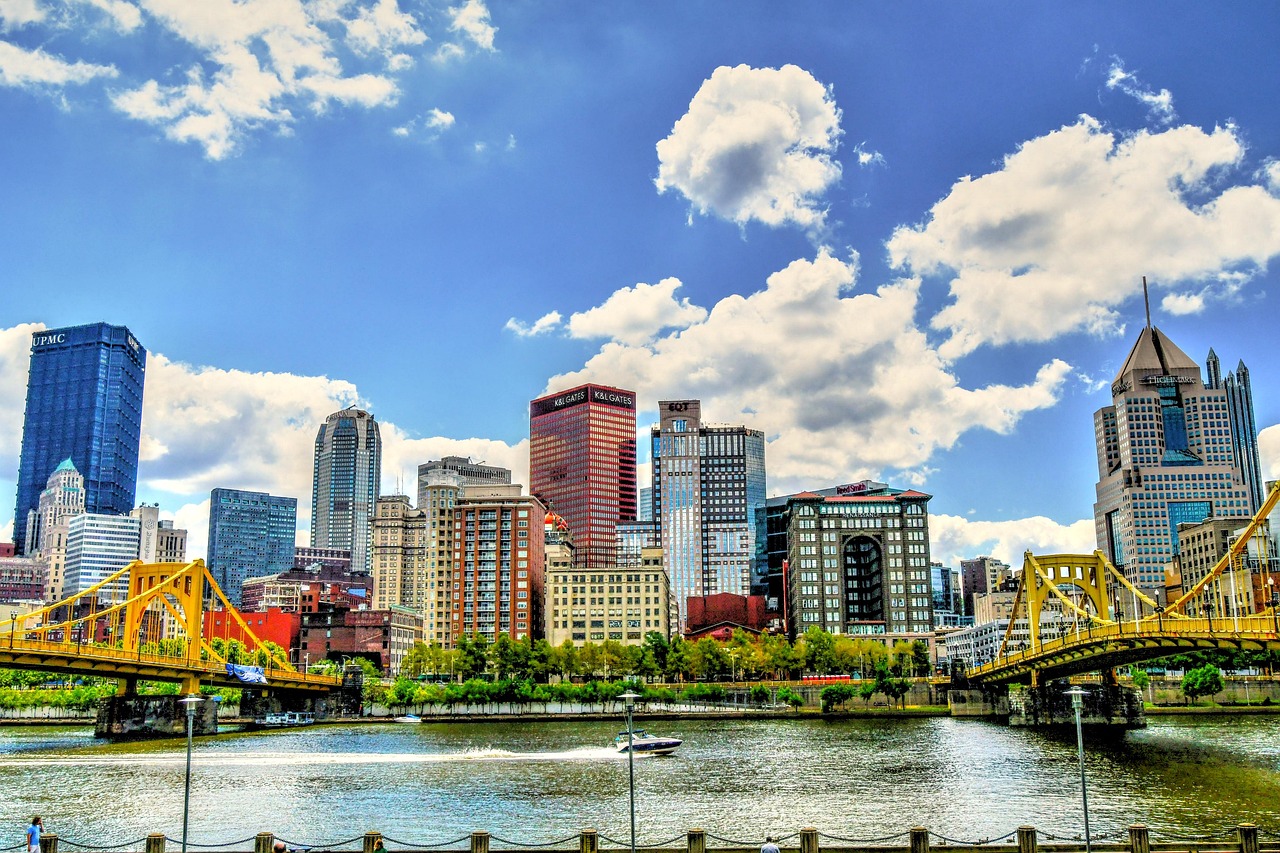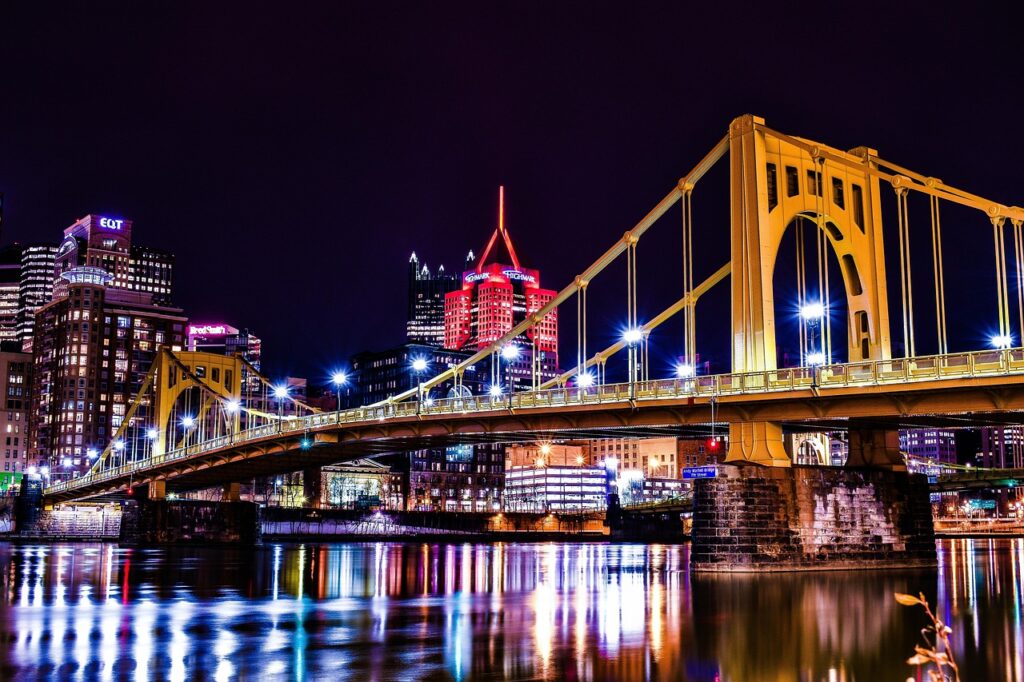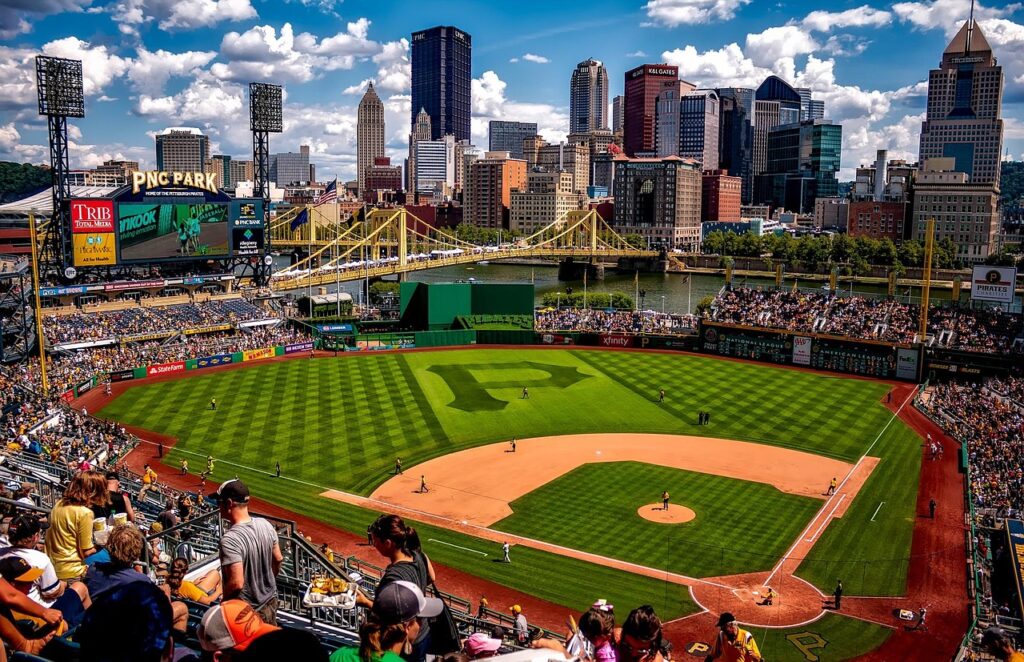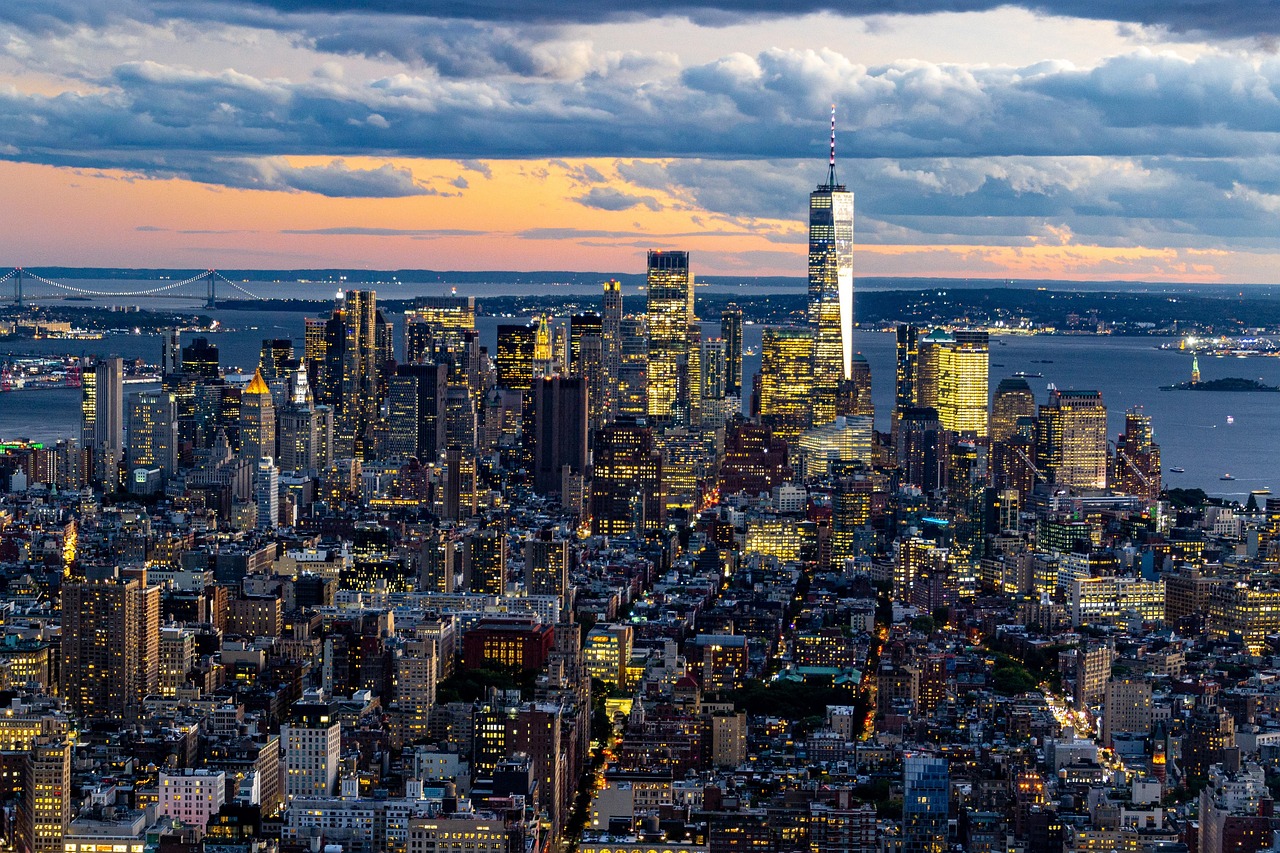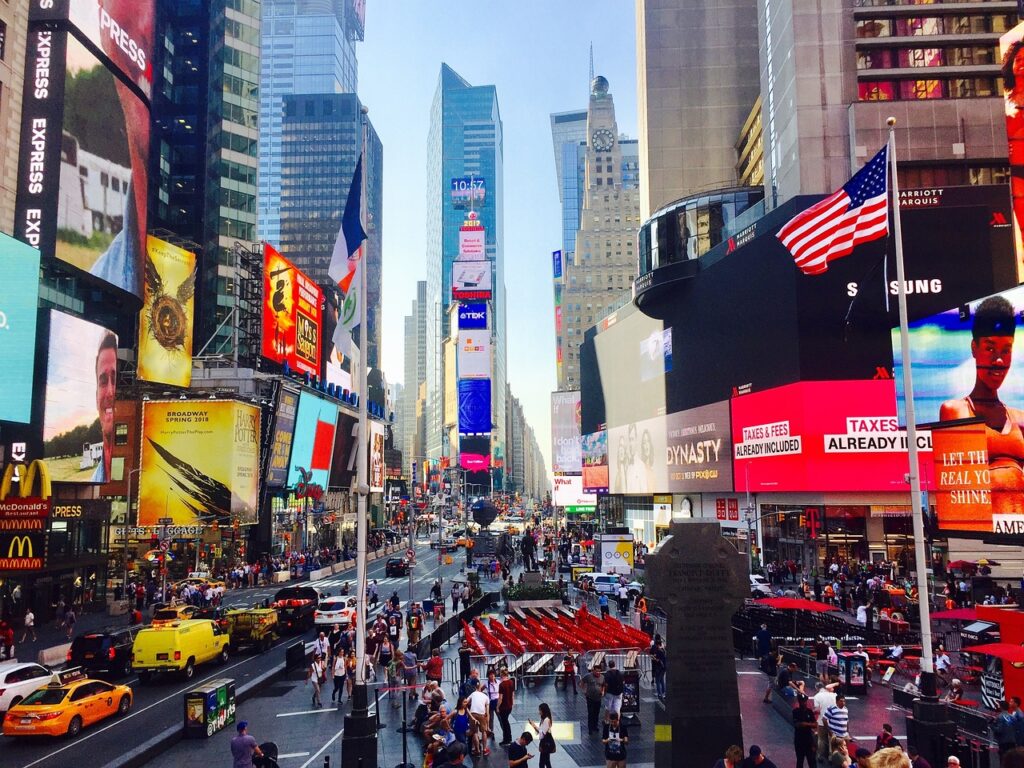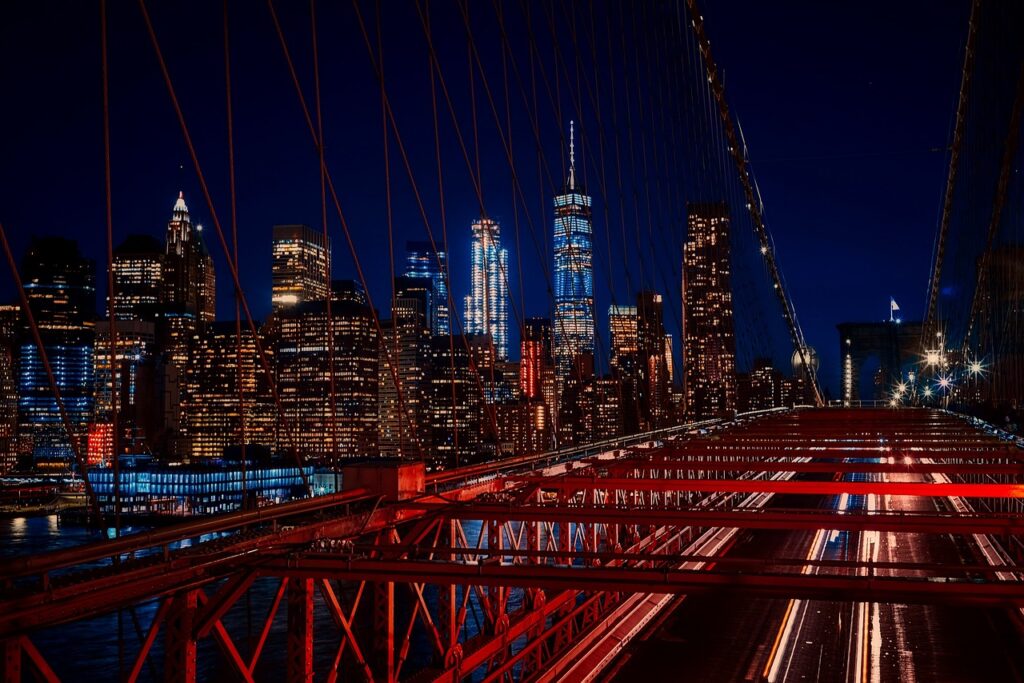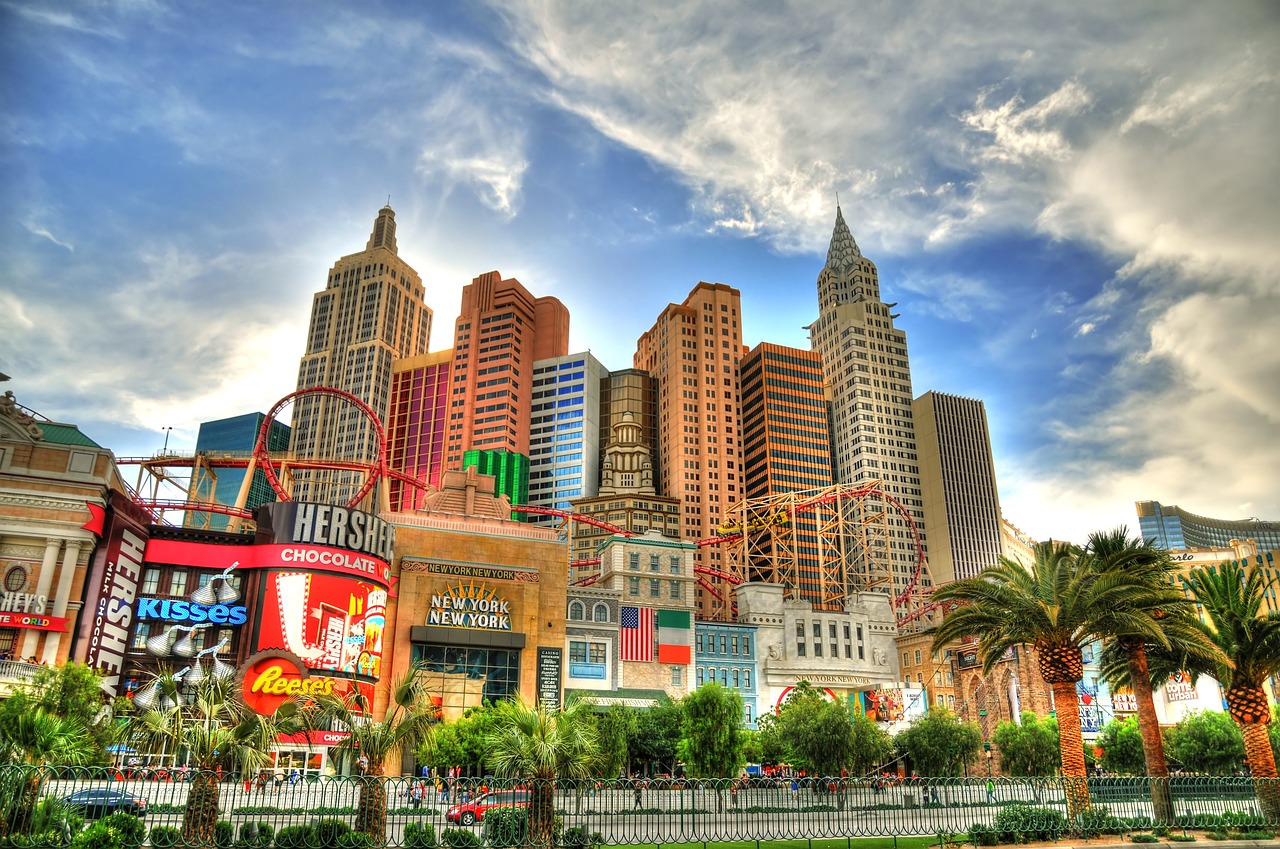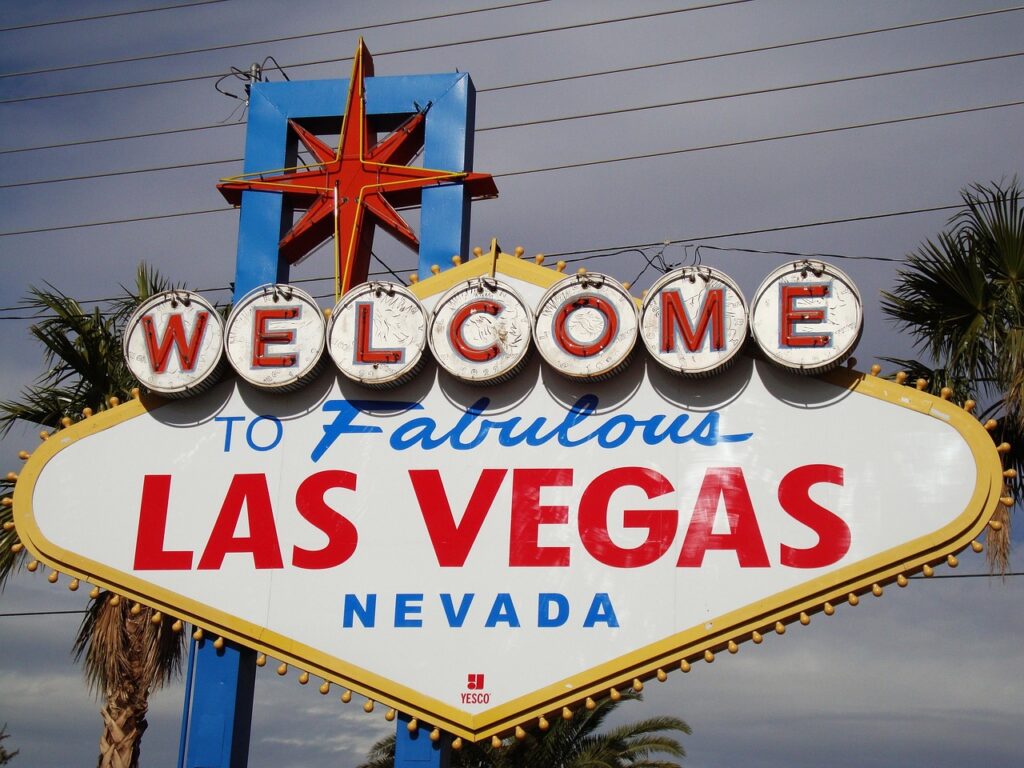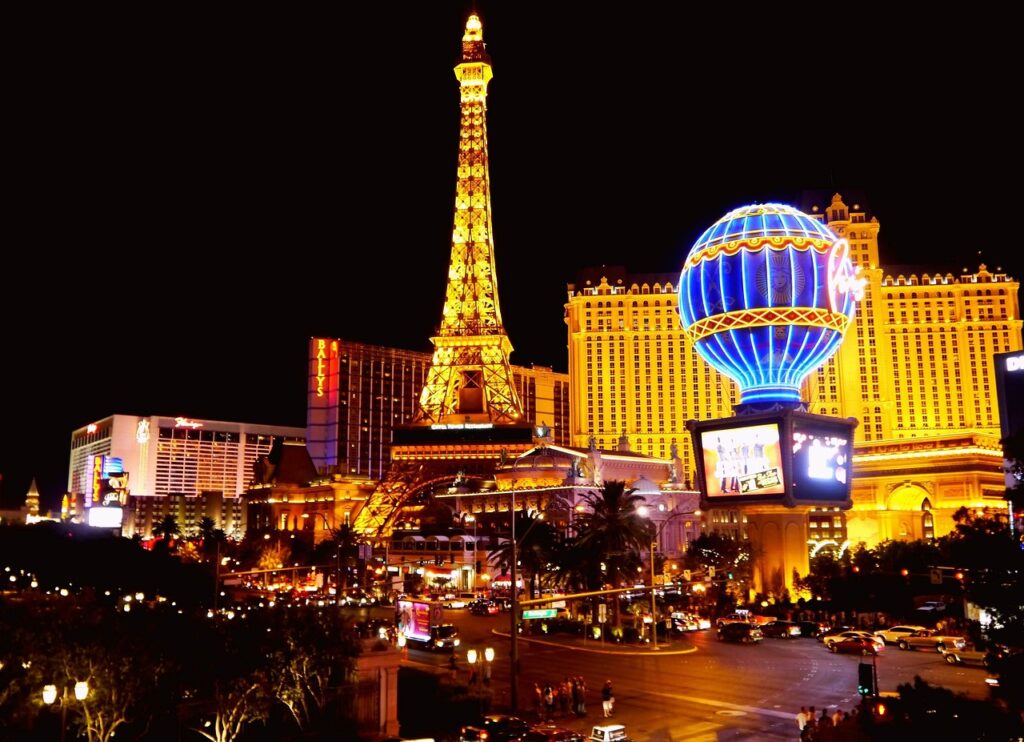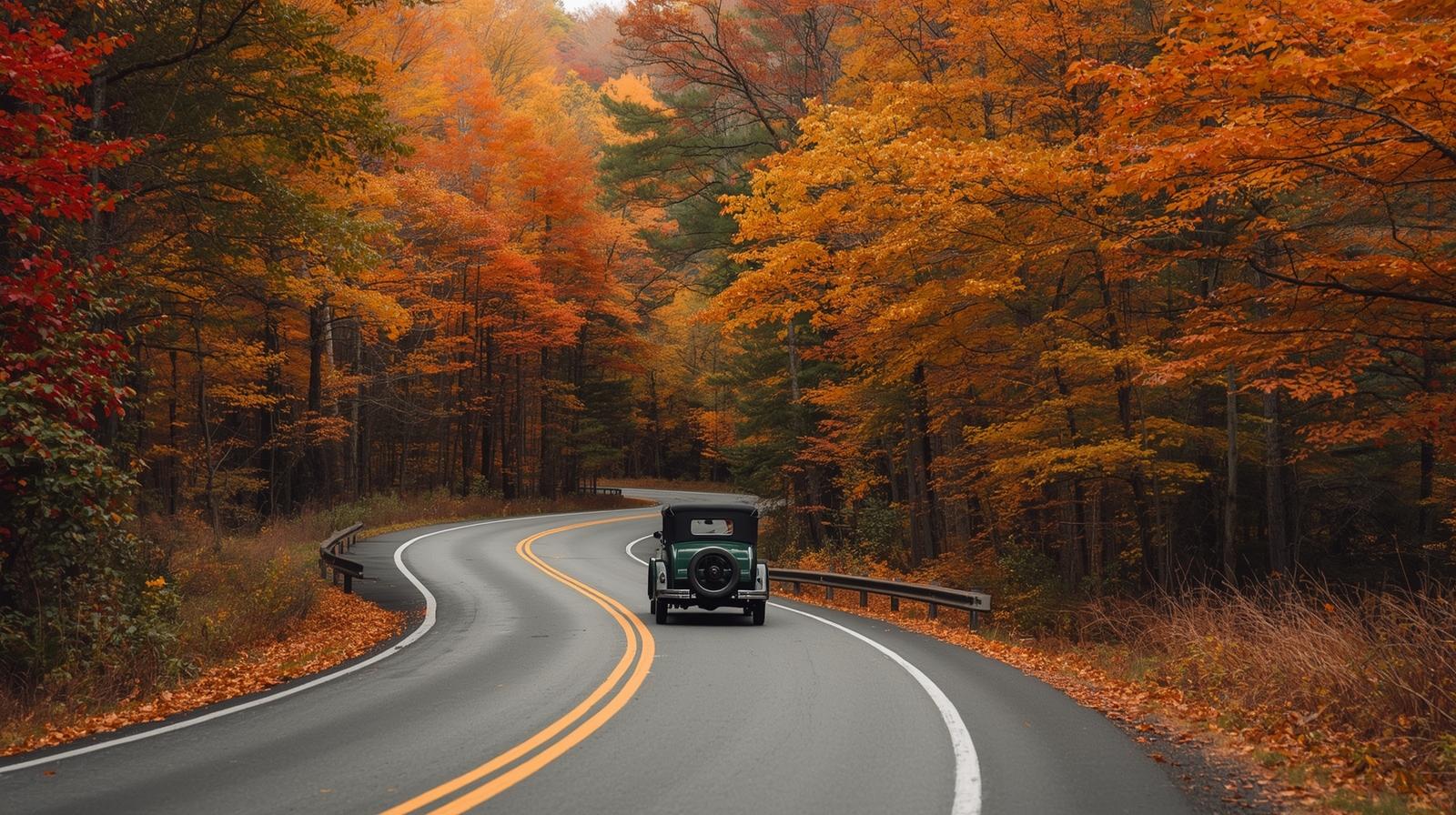
There’s something about November that just feels like home. The crowds are gone, the air turns crisp, and small towns across the country come alive with cozy charm, fall festivals, and the first glimmer of the holidays. If you’re craving a slower pace before the chaos of December, here are some of the best small towns to visit in November.
1. Leavenworth, Washington
This Bavarian-style mountain village is pure magic in November. The town starts its transformation into a Christmas wonderland toward the end of the month, with twinkling lights, mulled cider, and alpine charm at every turn. It’s the perfect place to kick off the holiday spirit before December crowds arrive.
2. Helen, Georgia
Helen looks like it was plucked straight out of a European fairytale. Nestled in the Blue Ridge Mountains, this little German-inspired town is cozy year-round, but November is special. The autumn leaves are still hanging on, and the chill in the air pairs perfectly with a plate of schnitzel or a glass of local wine.
3. Fredericksburg, Texas
Y’all know I had to include a Texas favorite. Fredericksburg is stunning in November — the crowds thin out after Oktoberfest, the weather’s perfect for exploring Main Street, and the wineries are in full swing. Plus, the town starts decking out for Christmas, so it’s a two-for-one kind of visit.
4. Stowe, Vermont
Stowe is known for its vibrant fall foliage, but November offers a quieter kind of beauty. The last golden leaves cling to the trees, snow might start dusting the mountaintops, and the whole place feels peaceful. Grab a hot cider, explore the local shops, and enjoy the calm before ski season kicks off.
5. Eureka Springs, Arkansas
This quirky little Ozark town is a hidden gem in late fall. The Victorian architecture, winding streets, and forested hills make it a postcard-perfect getaway. November brings fewer tourists and cooler weather, ideal for exploring the shops, trails, and historic hotels that make Eureka Springs so unique.
6. Gatlinburg, Tennessee
When the Smoky Mountains start to quiet down after October’s leaf-peeping rush, Gatlinburg hits its sweet spot. November brings cooler days and fewer crowds, plus you can catch the start of the Winter Magic Lights display that turns the town into a twinkling mountain village.
7. Carmel-by-the-Sea, California
This seaside gem is a cozy dream in November. The weather’s mild, the beaches are peaceful, and the town’s cottages look straight out of a fairytale. Wander the art galleries, sip local wine, and breathe in that salty ocean air before the holiday season kicks in.
8. Beaufort, South Carolina
If you want Southern charm with a coastal twist, Beaufort’s your spot. November brings gentle weather, quiet streets, and Spanish moss-draped oaks that make every photo look like a painting. Take a carriage ride, stroll the historic district, and watch the sun dip over the water.
9. Galena, Illinois
Galena shines in November. This small Midwestern town has cobblestone streets, 19th-century buildings, and the kind of charm Hallmark movies are made of. It’s also one of the best spots for early holiday shopping thanks to its boutiques and local artisans.
10. Woodstock, Vermont
If there was ever a town that captured the soul of fall, it’s Woodstock. The covered bridges, cozy inns, and crackling fireplaces make it a perfect November destination. You’ll find peace, beauty, and the perfect backdrop for reflection before the busy holiday season begins.
The Magic of November Travel
November’s the sweet spot — the lull between the rush of summer and the whirlwind of the holidays. It’s when small towns shine their brightest, offering a cozy mix of quiet streets, warm hospitality, and a slower rhythm that reminds you what travel’s all about.
Lisa Crow contributed to this article. She is a true crime junkie and lifestyle blogger based in Waco, Texas. Lisa is the Head of Content at Gigi’s Ramblings and Southern Bred True Crime Junkie. She spends her free time traveling when she can and making memories with her large family which consists of six children and fifteen grandchildren.

